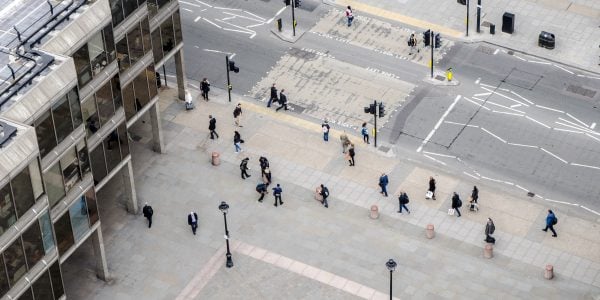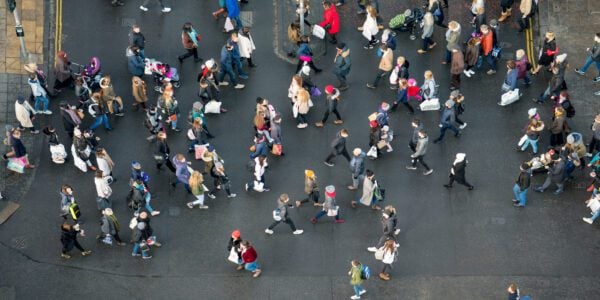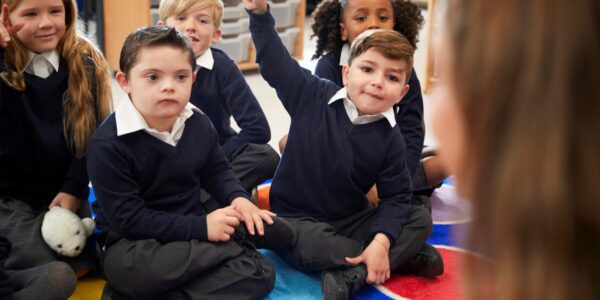
22/09/22
2 min read
Lowering corporation tax and scrapping the increase in National Insurance Contributions could lead to unsustainable debt, says the latest briefing from the IFS Green Budget.
On Friday 23 September, the new Chancellor of the Exchequer Kwasi Kwarteng is expected to confirm a mini-Budget that will see taxes cut in line with the pledges made by Prime Minister Liz Truss during her leadership campaign. The fiscal commitments, which have not undergone scrutiny from the Office for Budget Responsibility (OBR), come at a time when the economic outlook is already weaker than originally forecasted.
The recently published IFS Green Budget briefing uses Citi’s data to predict the trajectory of the UK economy under the government’s new plan. Given the rise in energy costs and inflation paired with a slow-growth economy, the report predicts that the approach taken by the Treasury towards public finances will result in substantially higher borrowing and debt.
While the considerable support given to households and businesses through the Energy Price Guarantee may mean a shorter and shallower recession than originally expected by the Bank of England, the cash economy is still predicted to shrink by 2% since the last OBR forecast in March. This is despite a more positive outlook on inflation since March.
The economic cost of the Energy Price Guarantee remains unclear, partly because it will depend on energy prices and the duration of the scheme. The IFS estimates that it will cost over £100 billion over the next two years, when it is set to end.
One cost that is certain is the government’s reversal of the increased National Insurance contributions and the cancellation of next April’s planned rise in corporation tax. The combined measures will mean a loss of £30 billion in revenue and since the policies are large-scale and permanent, will have a greater impact on public finances than the Energy Price Guarantee.
Higher inflation will also push up spending on debt interest, state pensions and most working-age benefits but spending on public services is set in cash terms, and therefore does not automatically adjust in light of higher inflation.
Increased spending compounded by substantial tax cuts will force the government to borrow around £100 billion a year, says the IFS, which is £60 billion more than expected. The IFS predicts that debt that will rise indefinitely in addition to the existing budget deficits and beyond the Energy Price Guarantee.
Boosting economic growth will help to ease the pressure on the economy, however, the scale of this challenge is huge. To stabilise debt as a share of GDP at the very end of the IFS forecast will require an increase in annual growth of more than 0.7% of national income.
Mark Franks, Director of Welfare at the Nuffield Foundation, said:
“The Energy Price Guarantee will provide urgently required assistance to households that were facing the prospect of rocketing energy prices over the coming months. However, it is currently unclear how the impact of the additional national debt created will affect people across the income distribution in the years to come. There is also a risk that the increased help with costs now will add significantly to the tax burden on future generations. In the interests of transparency, people need to understand these trade-offs, and this year’s IFS Green Budget is playing a vital role in that regard.”





















































